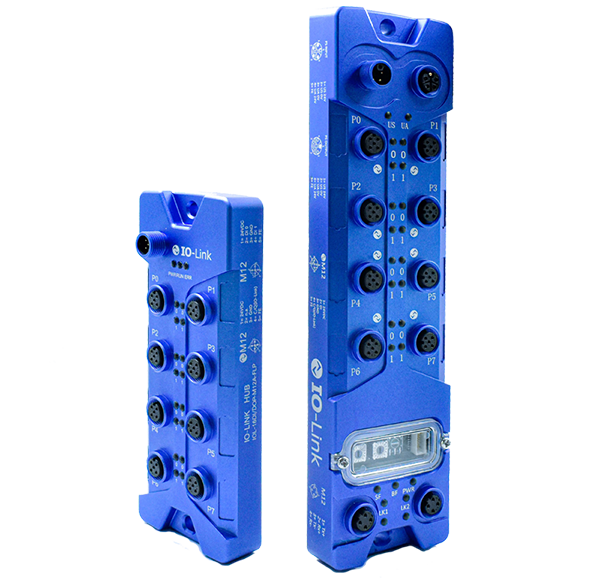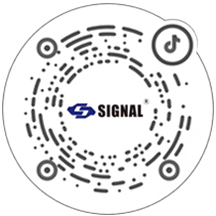Smart grids are transforming the energy sector by integrating digital communication and automation to enhance the efficiency, reliability, and sustainability of electricity distribution. At the heart of these intelligent networks lie connectors—critical components that ensure seamless transmission of power and data across the grid.
Ensuring Reliable Power Transmission
Connectors serve as the physical interfaces linking various elements of the smart grid, including sensors, control systems, and power lines. Their role is crucial in maintaining the integrity of electrical connections, enabling real-time monitoring and control of energy flows. High-quality connectors are essential for minimizing energy losses, preventing outages, and facilitating the integration of renewable energy sources.
Facilitating Data Communication
Beyond power transmission, connectors are vital for data communication within smart grids. They enable the transfer of information between devices, such as smart meters and grid management systems, allowing for dynamic adjustments to supply and demand. This capability supports advanced functionalities like demand response, predictive maintenance, and real-time fault detection.

Our Range of I/O Modules
Adapting to Harsh Environments
Smart grid components are often deployed in challenging environments, including outdoor installations exposed to extreme weather conditions. Connectors used in these settings must be robust, offering resistance to moisture, dust, temperature fluctuations, and mechanical stress. Sealed connectors with high ingress protection ratings (e.g., IP67/IP68) are commonly employed to ensure durability and long-term performance.
Supporting Modular and Scalable Designs
The evolution of smart grids necessitates modular and scalable infrastructure to accommodate growing energy demands and technological advancements. Connectors facilitate this by allowing for easy integration and replacement of components, reducing downtime and maintenance costs. Their standardized designs enable interoperability between different systems and devices, promoting flexibility and future-proofing the grid.
Enabling Integration of Renewable Energy Sources
As the energy mix shifts towards renewables, smart grids must efficiently manage variable power inputs from sources like solar and wind. Connectors play a pivotal role in this integration by ensuring reliable connections between renewable energy systems and the grid. They support the seamless transfer of electricity and data, enabling real-time adjustments to balance supply and demand.
Conclusion
Connectors are indispensable components in the architecture of smart grids, underpinning the reliable transmission of power and data essential for modern energy systems. Their role in ensuring operational efficiency, adaptability to harsh environments, and support for renewable integration underscores their significance in the ongoing evolution of the energy sector. As smart grids continue to advance, the development and deployment of high-performance connectors will remain a critical factor in achieving resilient and sustainable energy infrastructure.






